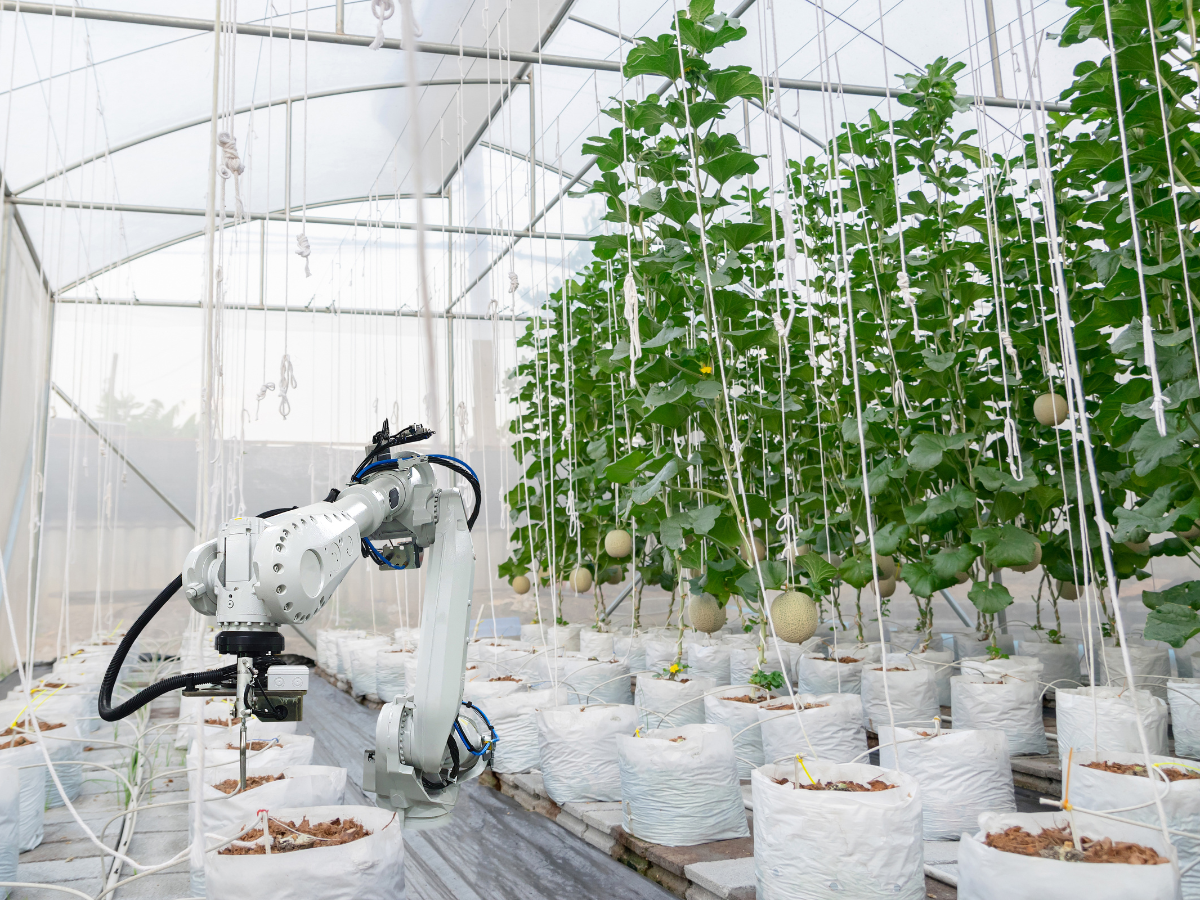Robotics in Agriculture: Revolutionizing Farm Operations

The Rise of Agricultural Robotics
Agricultural robotics encompasses a range of technologies designed to automate and enhance various farming tasks. These include planting, harvesting, weeding, and monitoring crop health. The benefits of these robotic systems are manifold: they increase efficiency, reduce labor costs, and improve precision in farm operations.
In the Middle East and the UK, AgriTechs companies are harnessing robotics to address specific regional challenges. For instance, in arid regions of the Middle East, where water scarcity and soil conditions present unique hurdles, robots equipped with advanced sensors and AI are optimizing irrigation and soil management. In contrast, the UK’s focus on robotics is driven by the need to manage labor shortages and improve productivity in its intensive farming systems.
Case Studies from the Middle East
- Precision Agriculture: In countries like the UAE and Saudi Arabia, where vast desert landscapes dominate, precision agriculture robots are proving indispensable. These robots use GPS and sensor technology to monitor soil moisture and crop health, ensuring that water and nutrients are applied only where needed. This not only conserves valuable resources but also maximizes crop yield.
- Autonomous Harvesting: As labor shortages become increasingly severe, autonomous harvesting robots are stepping in. These machines can identify ripe produce and pick it with remarkable accuracy, significantly reducing the reliance on manual labor. In countries like Qatar, where labor costs are high, this technology is proving economically beneficial.
Innovations in the UK
- Robotic Weeding: In the UK, where agricultural practices are highly mechanized, robotic weeding systems are making waves. These robots use computer vision and machine learning to identify and remove weeds with precision, reducing the need for chemical herbicides and improving crop health. This aligns with the UK’s emphasis on sustainable farming practices.
- Smart Harvesting: With a focus on efficiency and sustainability, UK AgriTechs are developing smart harvesting robots that can work around the clock. These robots are equipped with advanced algorithms to optimize harvesting schedules based on weather conditions and crop maturity, thus enhancing yield and reducing waste.
The Future of Agricultural Robotics
The integration of robotics in agriculture is not without its challenges. High initial costs, technological complexity, and the need for skilled operators are some of the barriers that need to be addressed. However, the long-term benefits—such as increased productivity, reduced labor costs, and sustainable farming practices—make a compelling case for continued investment in this technology.
Looking ahead, advancements in AI and machine learning will likely drive further innovations in agricultural robotics. The development of more sophisticated robots capable of performing a wider range of tasks will enable farmers to tackle new challenges and further enhance their operations.
Conclusion
The robotics revolution in agriculture is well underway, with significant strides being made in the Middle East and the UK. From precision farming in arid regions to robotic weeding in the UK, these technological advancements are transforming how farms operate. As the technology continues to evolve, it promises to address the pressing challenges of modern agriculture, paving the way for a more efficient, sustainable, and productive future. For farmers and AgriTech companies alike, the journey has just begun, and the possibilities are as vast as the fields they aim to improve.






